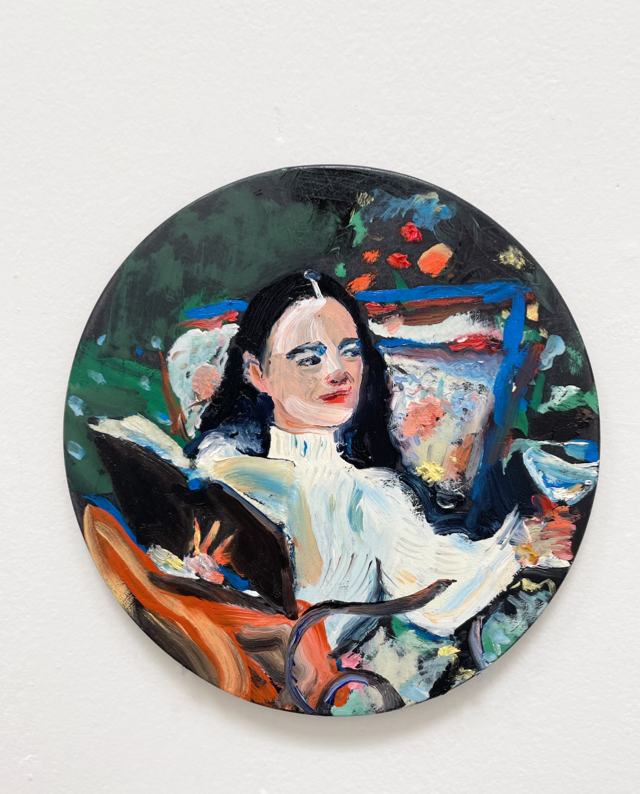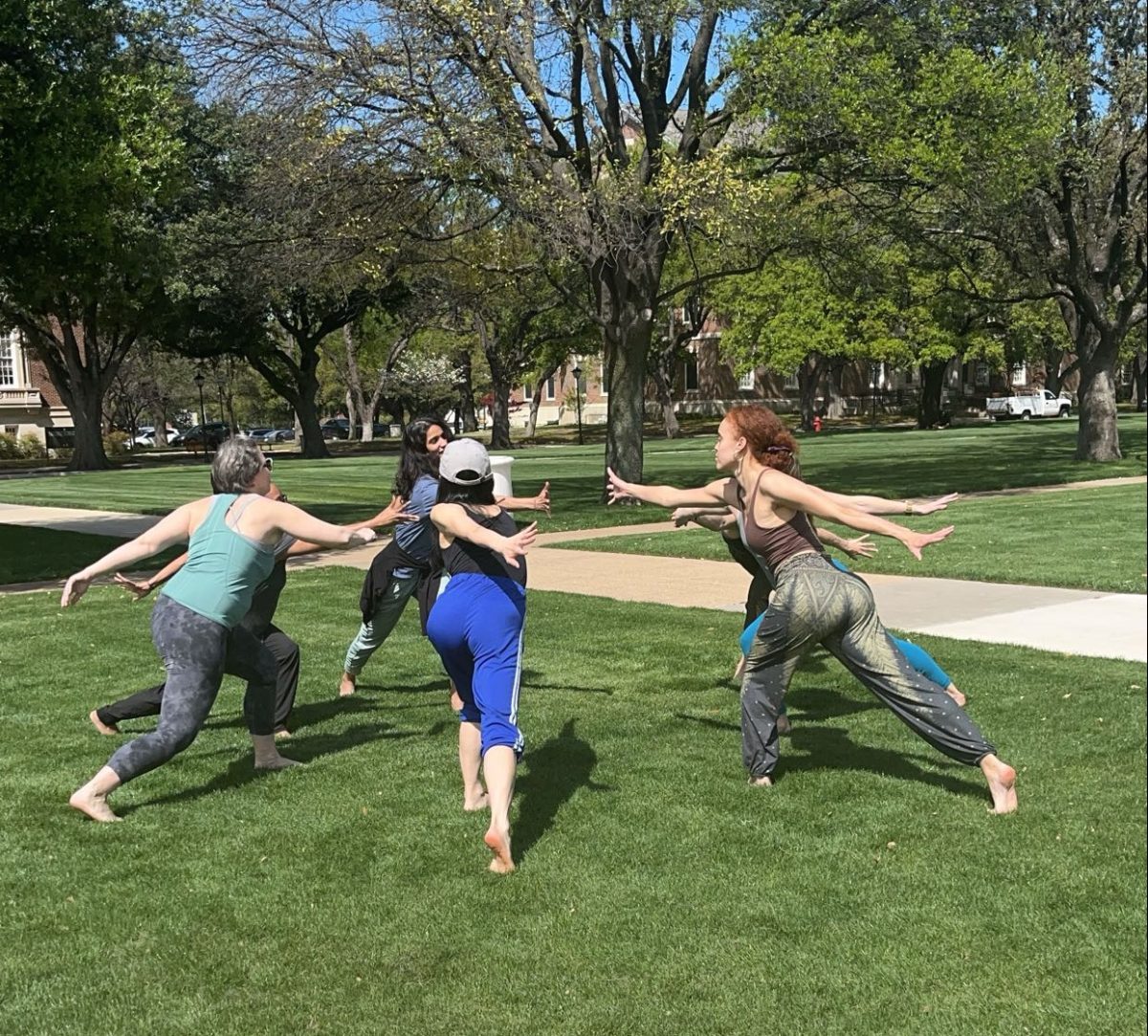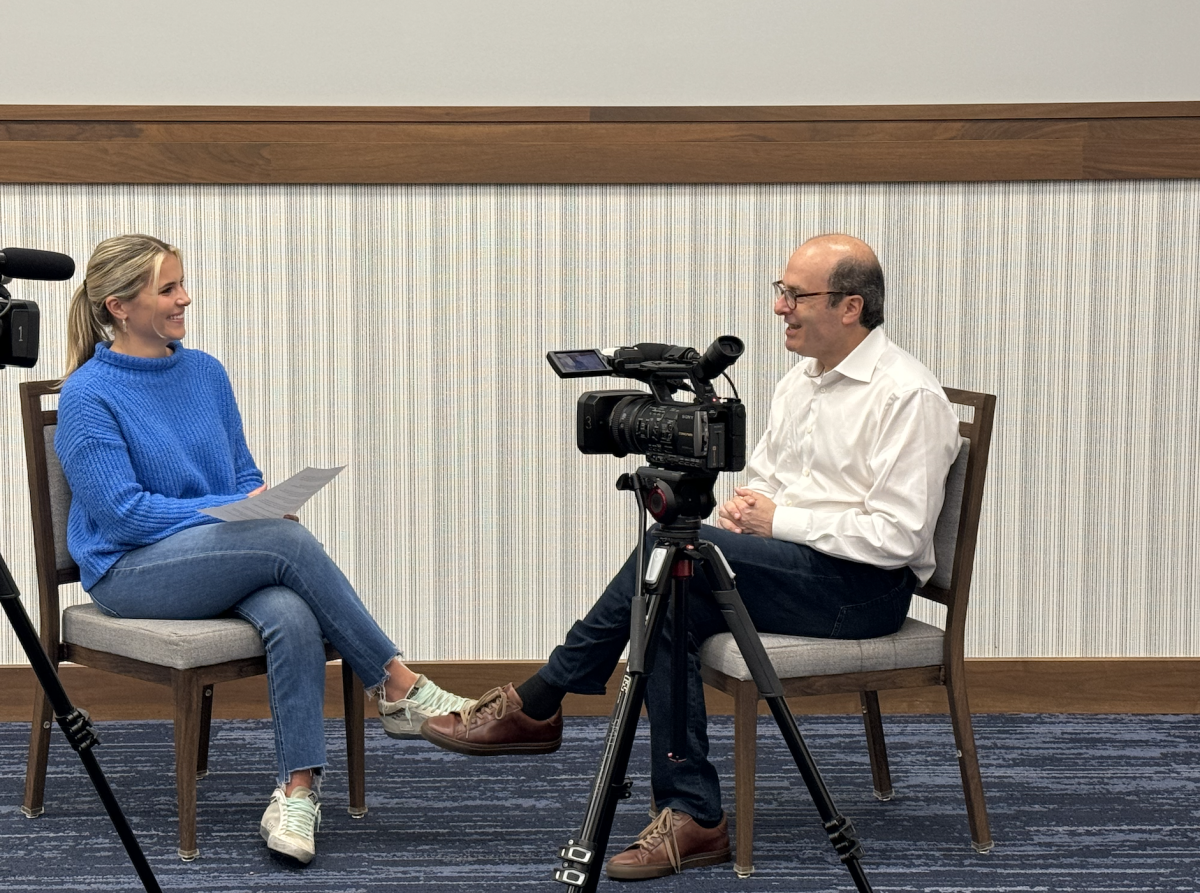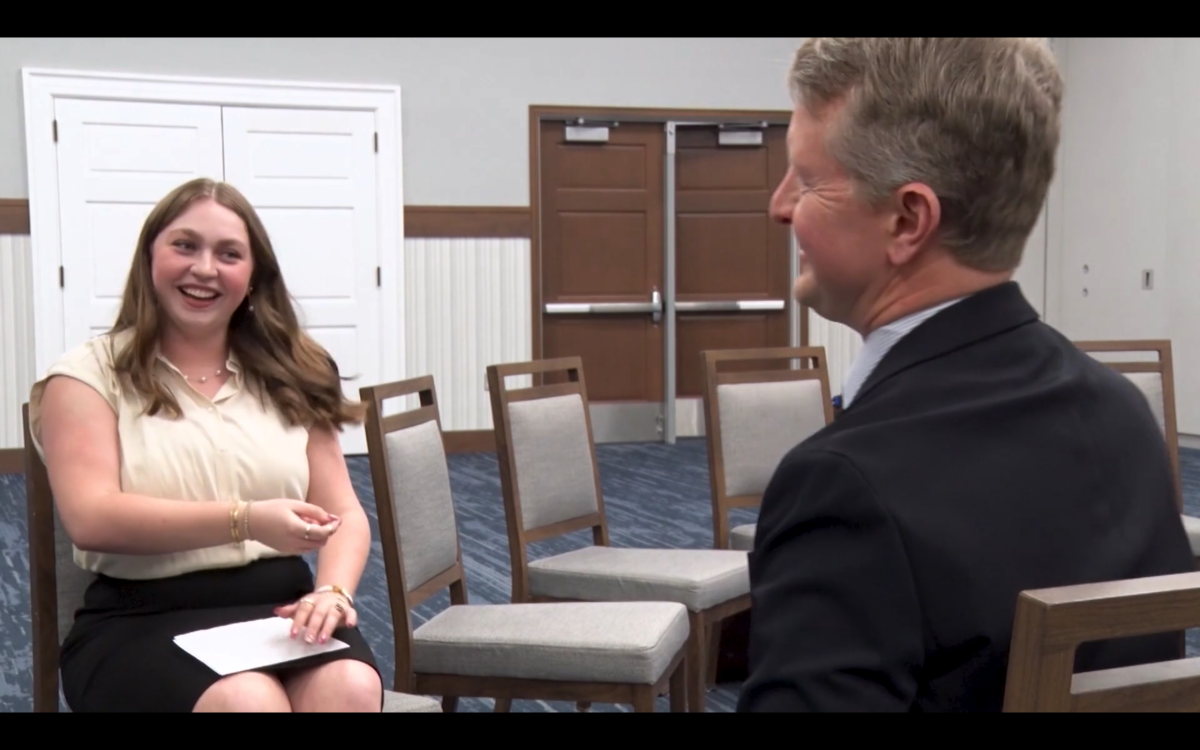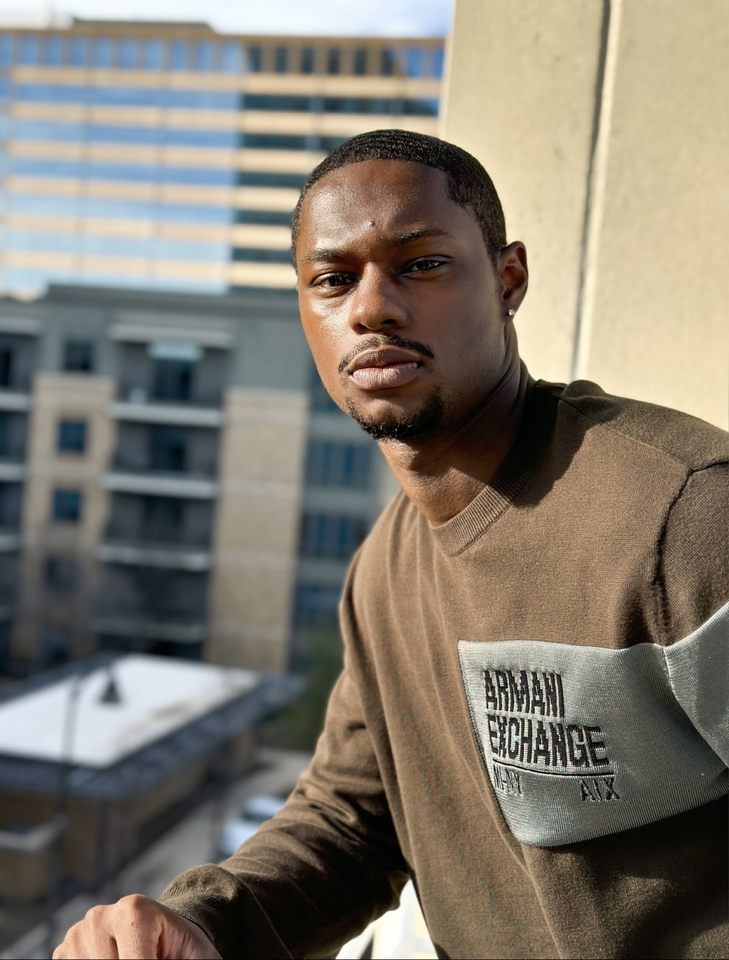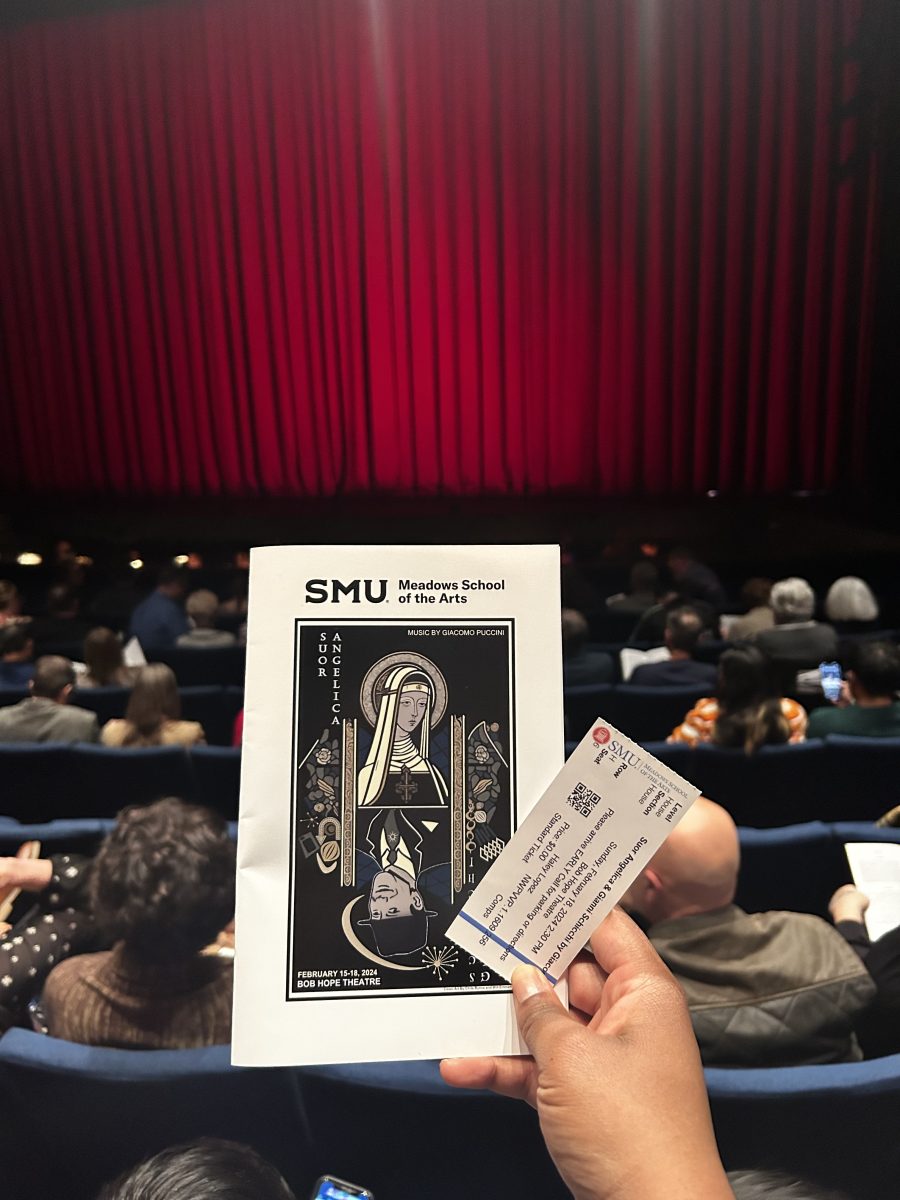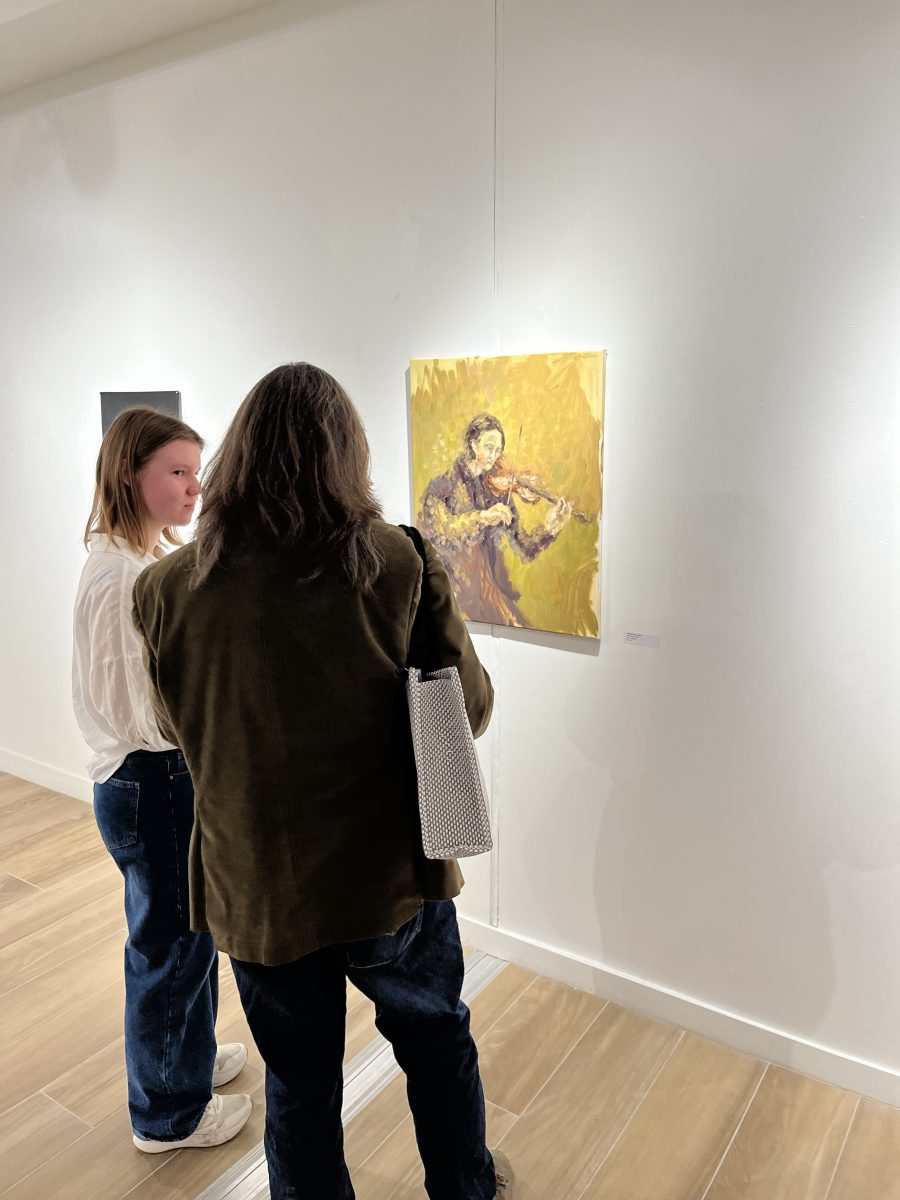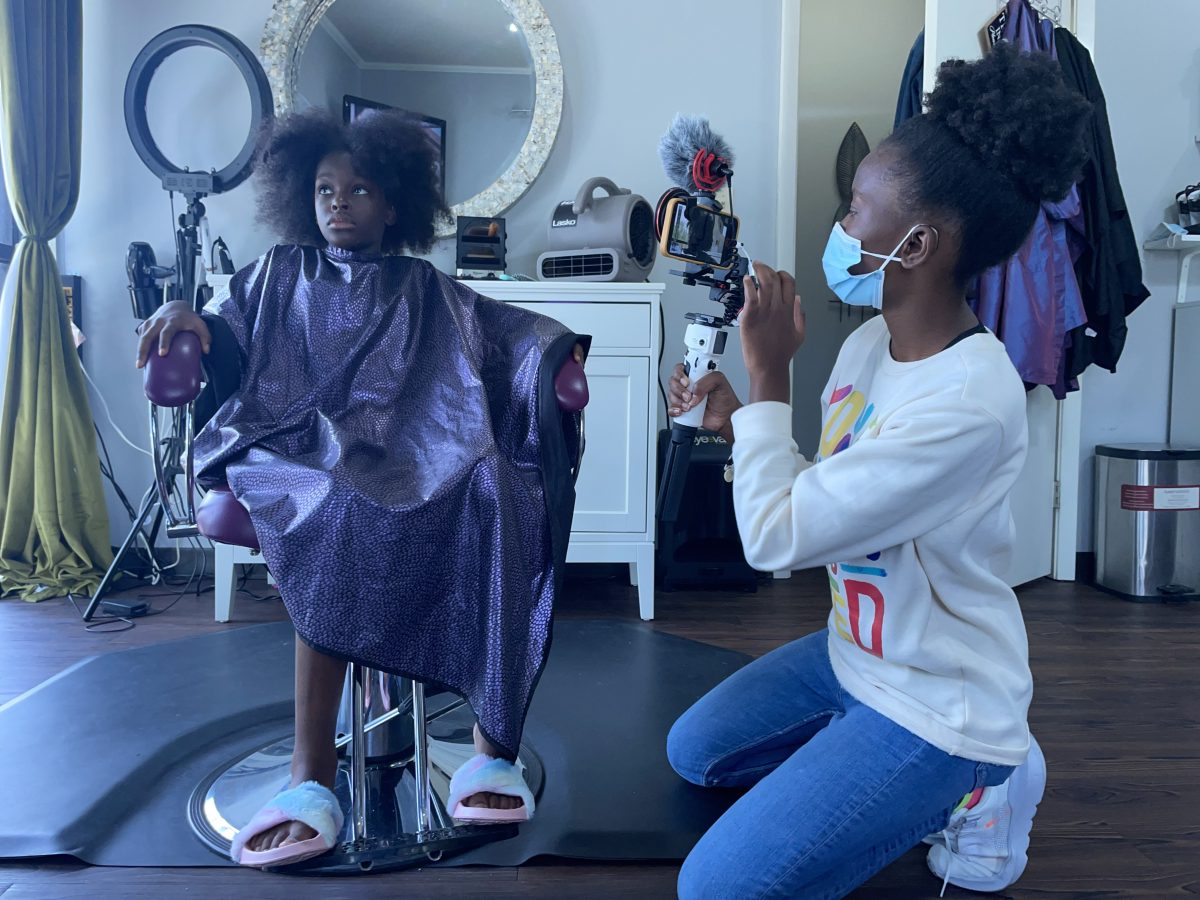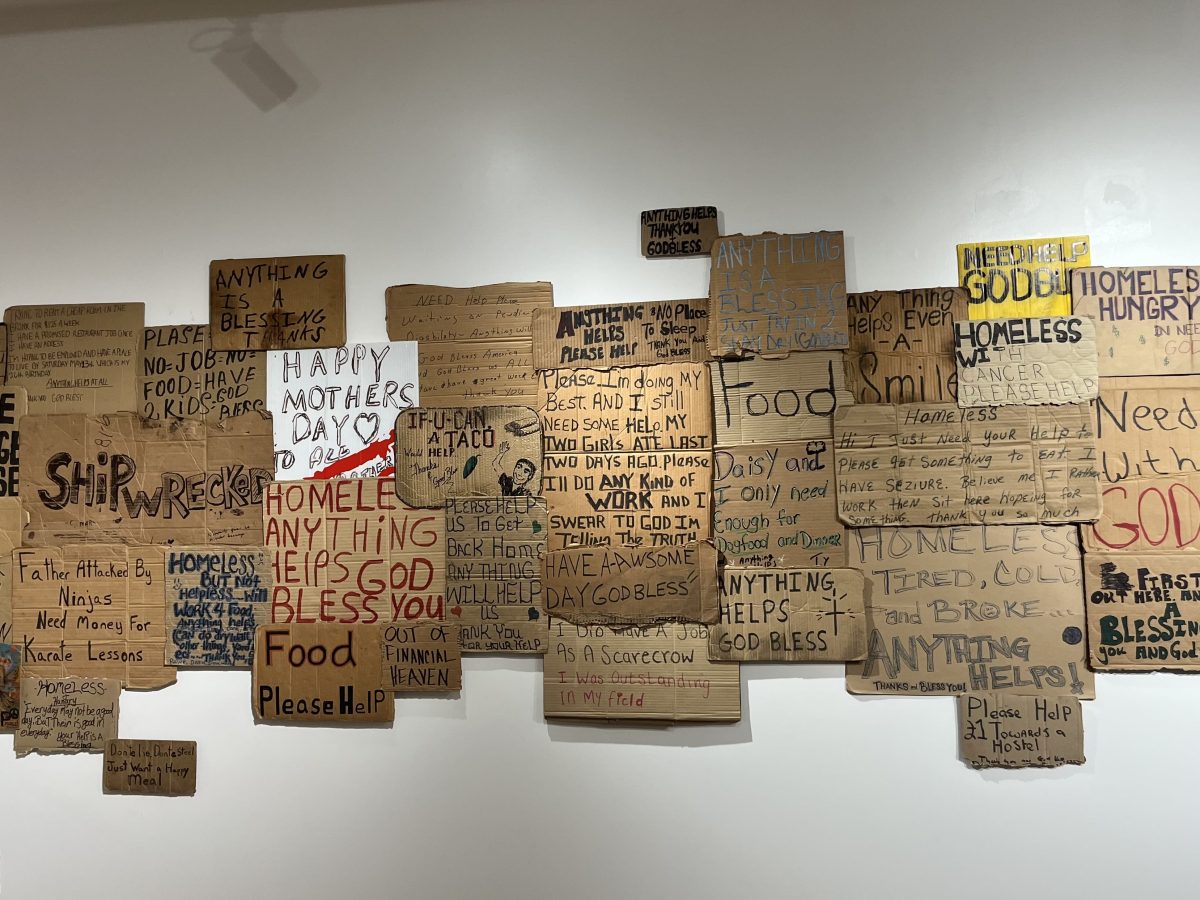Ellis Rold, DC Editor-in-Chief: You’ve kept yourself busy over the last few weeks, having visited Rice and Washington University, to name a few. Is working with students a passion of yours?
Stuart Weitzman: You know something, I’ve learned so much. I have done so much in my life, so I’d like for you all to know about it and maybe learn from it. You just don’t get it in class. The real graduate school is your first five years in the real world. [SMU] is the 31st university I have visited this school year. So yes, it’s a passion of mine.
Rold: You briefly worked for your dad’s shoe company, Seymour Shoes, in the 1960s. Did the family business influence your career?
Weitzman: It really didn’t. I was going to go to Wall Street. I went to the business school at Penn, and I used to paint scenes for plays we had. I painted the scenery for the set and drew fairly well. A friend of mine asked me to draw some shoes for his father, who owned a shoe factory. He bought freelance designs, and I never really drew shoes, but I asked for the company’s catalog and I drew 20 sketches for him.
I went to his house, and he had fanned out my 20 sketches in front of him like a deck of cards. He picked up one sketch, looked at me, and asked “So who did you copy this from?” It was kind of a shocking thing to say, but I hadn’t copied it, so it didn’t bother me. I told him I wasn’t there to sell him, so I started to take my sketches. It was dead silent. He took out a pencil, looked at the shoe, and said, “Draw it for me again.” And I did. And then he gave me $20 a sketch. So I left with 19 $20 bills…$380. My tuition at Wharton was $1780. What’s your tuition here at SMU?
Rold: You don’t want to know!
Weitzman: Well, I ended up selling about $4,000 worth of sketches to him during my junior and senior years. One summer, I was walking down Fifth Avenue, and on the corner was Bulgari, which was the best shoe store in America. I looked in the window at this shoe, and I was looking for the label, and it was the name of the guy I sold my sketches to. He made my shoe! Imagine writing a song and hearing it for the first time on the radio. Can you imagine that? That was it. Kind of serendipitous, right?
You need to keep your eyes open. Things happen that might change your trajectory. And if you don’t pay attention, they’ll slip by you and the opportunity might never come about. You have to know what makes your heart sing, and then go after it.
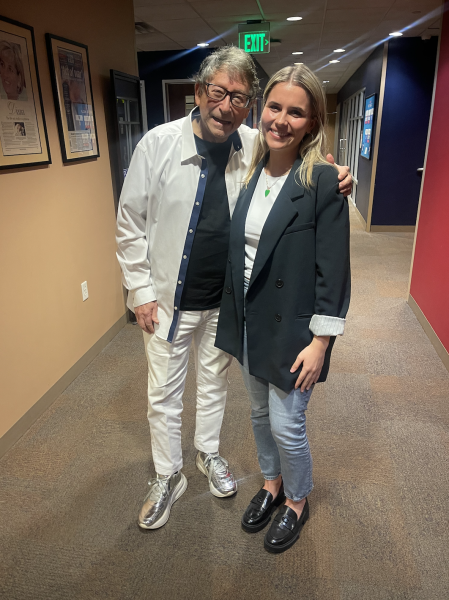
Rold: What was your leadership style when you were running the company?
Weitzman: We won a lot of awards. A lot. I never went up on stage to collect them. I always let someone else in my company carry the trophy. That’s important. First of all, generally, it was someone running an area of the business that led to us getting that award. So I let my people carry the trophy. And I only hired nice people. If you’re running part of a company, and you have people working under you…if you’re not nice, how long are those people going to want to stay? Not very long. And then you have to start looking for people all over again.
I also set my company up to have five little companies within the big company. Each leader of that team essentially ran their own company. The marketing leader had her own little company to run, and so on. It was all a part of Stuart Weitzman of course, but people were responsible for their areas. And they profited from it too. My people were responsible for their division’s profit, and sharing in that. Everyone felt like it was their business. That was in the DNA of the company and how I led it.
Rold: When you owned the company and were still designing, what was your creative process like? It’s a lot to manage both the business side and the creative side.
Weitzman: It is. And I was the owner and the creative director. That’s not normal. The company started to grow and grow. My creative process always included going to Spain. I couldn’t do it anywhere else. I would run the business in America for a month and then go to Spain. My team and I would talk about themes, attitudes, looks…just what people were wearing. When the ankle boot first came out, it looked terrible with leggings. The boot was too wide. So I designed that stretch ankle boot, and they looked great.
We would think about a top female lawyer in New York. What is she going to wear? We always thought about the career woman back then. Could she go to the office in my shoes, and then meet her friends at a bar after work?
Rold: You talked about your start in fashion being serendipitous. Looking back on your younger years, what advice would you have for young designers now?
Weitzman: First of all, you better love it. And you don’t have to only be interested in design if you want to work for a fashion company. There are lots of great opportunities within a business, especially marketing. What good is the shoe if no one knows about it, right? You don’t even have to be a designer. You just have to have the idea.
Early in my career, I was going to make a deal with Ralph Lauren. His company wasn’t designing shoes, but he was in Bloomingdale’s and Saks and had boutiques everywhere. I met with him and I was amazed. He couldn’t sketch. But he had his stylist with him…a very artistic kid. Ralph would tell him, “That moccasin I talked to you about…I want you to outline it for me. I want a tassel on the front, and I want it to be thick.” Ralph would tell him exactly what he wanted drawn. So you don’t have to be able to draw your own designs, but you have to have the imagination. That’s key. You need imagination in anything you do.








